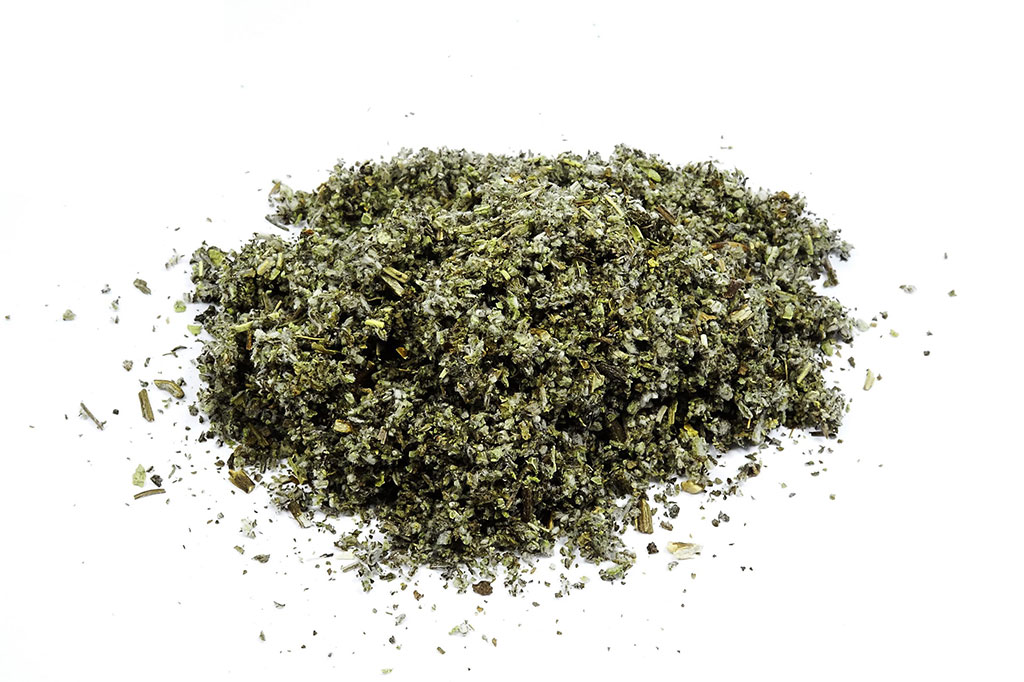
Signs Your Neighbor is Cooking Drugs: Meth Lab Edition
January 7, 2022
Effects of Mixing Phenibut and Alcohol
January 10, 2022Drugs are often classified into major categories, two of which are stimulants and depressants. A substance’s drug class offers insight into how it affects the mind and body. The same goes for categorizing illicit drugs like cocaine. A common question about this drug is: is cocaine a stimulant or depressant? Today, we’re looking into the differences between these two drug classes and what cocaine’s drug class says about its effects on the brain.
Our admissions coordinators are available 24/7 to answer any questions you may have as you consider whether treatment at Clearbrook Treatment Center is right for you or your loved one.
Difference Between Stimulants and Depressants
Stimulants
Also referred to as “uppers,” stimulants are substances that speed up or increase activity in the central nervous system. Stimulants usually increase certain neurotransmitters or chemical messengers in the brain, such as dopamine, serotonin, and norepinephrine.
As a result, a person who uses stimulants may experience side effects like increased energy and alertness, suppressed appetite, and increased blood pressure. In addition to illicit stimulants like methamphetamine, there are also prescription stimulants like Adderall and Ritalin that are used to manage symptoms of attention-deficit hyperactivity disorder (ADHD).
Unfortunately, because these drugs can also produce a high when abused, they’ve become a target for drug use among teens and young adults seeking to improve their performance at school, work, or in sports. Stimulants are known to produce a rush of euphoria in addition to their other side effects, a sensation that can provoke further drug-taking behavior, resulting in addiction.
Get a Free Insurance Verification Today!
"*" indicates required fields
Depressants
As opposed to stimulants, “downers” or depressants are drugs that reduce activity in the central nervous system. These substances may activate the release of chemicals like dopamine, serotonin, and GABA, producing sedation and drowsiness.
Other side effects of depressants may include slowed breathing, lowered blood pressure, slowed heart rate, and peaceful and calming sensations. Common depressants include opioids like hydrocodone and benzodiazepines like lorazepam. These substances are also addictive and can easily lead to addiction and overdose when taken in high doses and mixed with other drugs of a similar class.
Is Cocaine a Depressant or Stimulant?
Cocaine is a stimulant drug, meaning it works by increasing nerve activity in the central nervous system to produce an energetic high. Specifically, cocaine works in the brain by activating the release of the feel-good chemical dopamine and then blocking the reuptake of the excess for future uses.
This causes a flood of dopamine in the brain, resulting in increased energy, alertness, euphoria, confidence, and more. Due to its intense impact on the mind and body, cocaine is a highly addictive stimulant and can be used in various ways, including snorting, smoking, injecting, or swallowing it.
Cocaine is also notorious for its high potential for addiction. Most, if not all, individuals who use cocaine for long periods end up addicted to the drug and developing a cocaine use disorder. In the end, the best chance of recovery for those with this condition is professional cocaine addiction treatment.
Short and Long-Term Effects of Cocaine
Cocaine can cause both short-lived effects and long-term repercussions. Upon taking this drug, users may experience an intense rush of euphoria. Usually, short-term side effects of cocaine include:
- A rush of euphoria and pleasure
- Increased alertness
- Dilated pupils
- Increased body temperature
- Elevated heart rate
- High blood pressure
- Increased confidence
The duration of these side effects depends on how much the person took. Snorting cocaine produces a relatively slow onset of high, while smoking cocaine provides a more immediate but shorter-lasting high.
Additionally, people who take large doses of cocaine are at risk of experiencing intense and adverse side effects like bizarre, erratic, and violent behavior, as well as paranoia and anxiety. Due to its mechanism of action and harmful cutting agents, long-term effects of cocaine may include:
- Disturbances in heart rhythm
- Increased risk of cardiovascular disease
- Heart attack
- Stroke
- Psychosis
- Increased risk of or worsening mental illness
- Frequent nosebleeds (in people who snort the drug)
- Problems swallowing
- Hoarseness
- Lung disease
- Irritation of the nasal septum
- Increased risk of contracting infectious diseases like HIV and hepatitis
- Tolerance
- Dependence
- Addiction
- Specific routes of cocaine administration can produce their own long-term effects. For instance, a person who frequently injects cocaine intravenously may suffer from collapsed veins, while someone who snorts cocaine may develop irritation and disturbances in their nasal septum.
Help for Cocaine Abuse and Addiction
Cocaine can not only produce addiction when used for long periods, but increased use also raises the risk of overdose. If you’re struggling with cocaine abuse or have a loved one who’s showing signs of cocaine addiction, now is the time to act.
Our Clearbrook rehab in Pennsylvania offers various levels of care for substance abuse treatment, including cocaine detox and drug treatment. We believe in addressing each individual aspect of a patient’s condition to ensure that they achieve a full recovery.
To accomplish this, we usually start our patients off with medically monitored detox to help them safely get through withdrawals and learn how to manage their drug cravings. Upon completion, they may then move onto our inpatient Pennsylvania drug treatment, during which they’ll live at our facility to focus on therapy and counseling.
Don’t let addiction run your life. Call Clearbrook Treatment Centers today at 570-536-9621 to learn how our drug and alcohol treatment in PA can help.
Related Reading:






